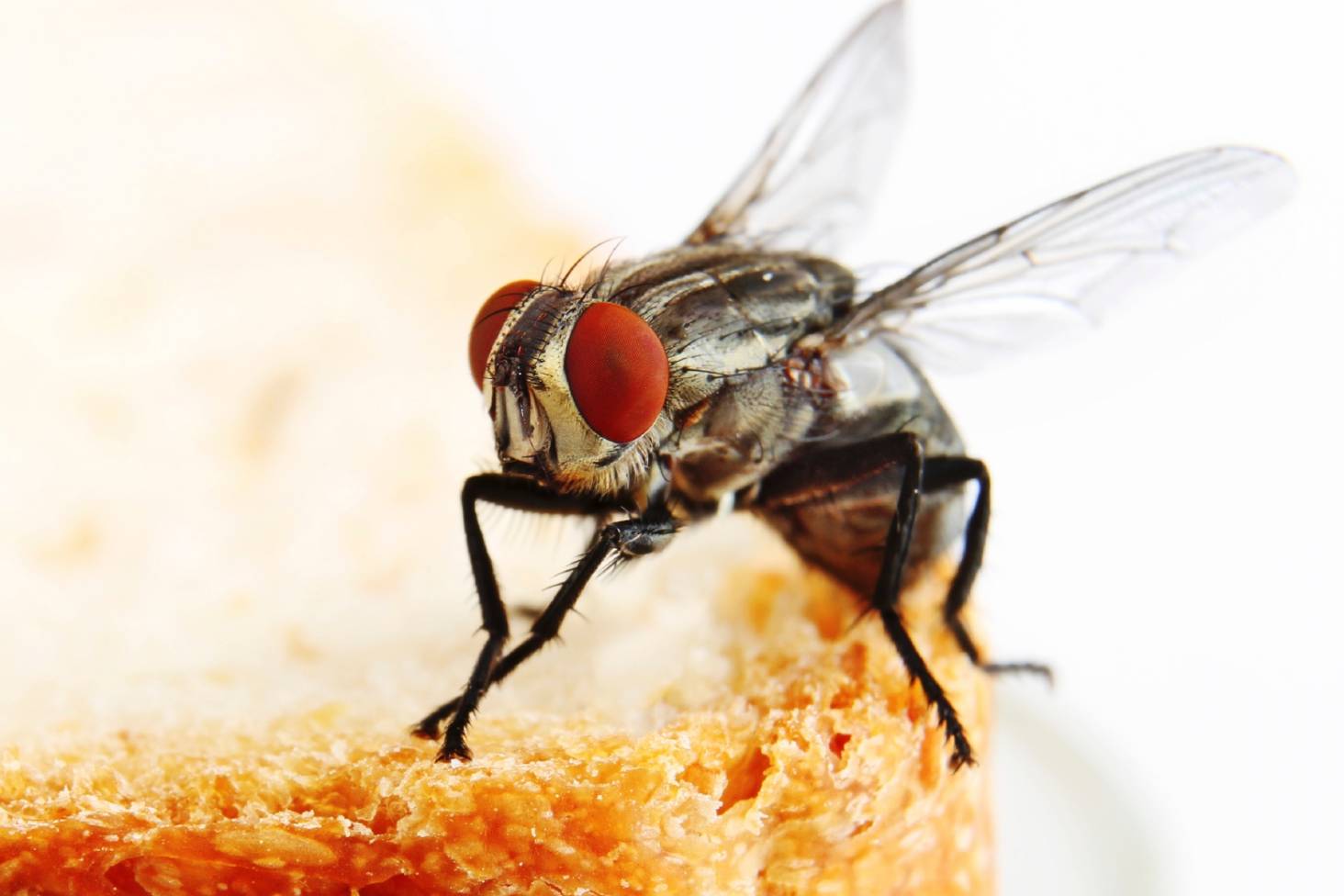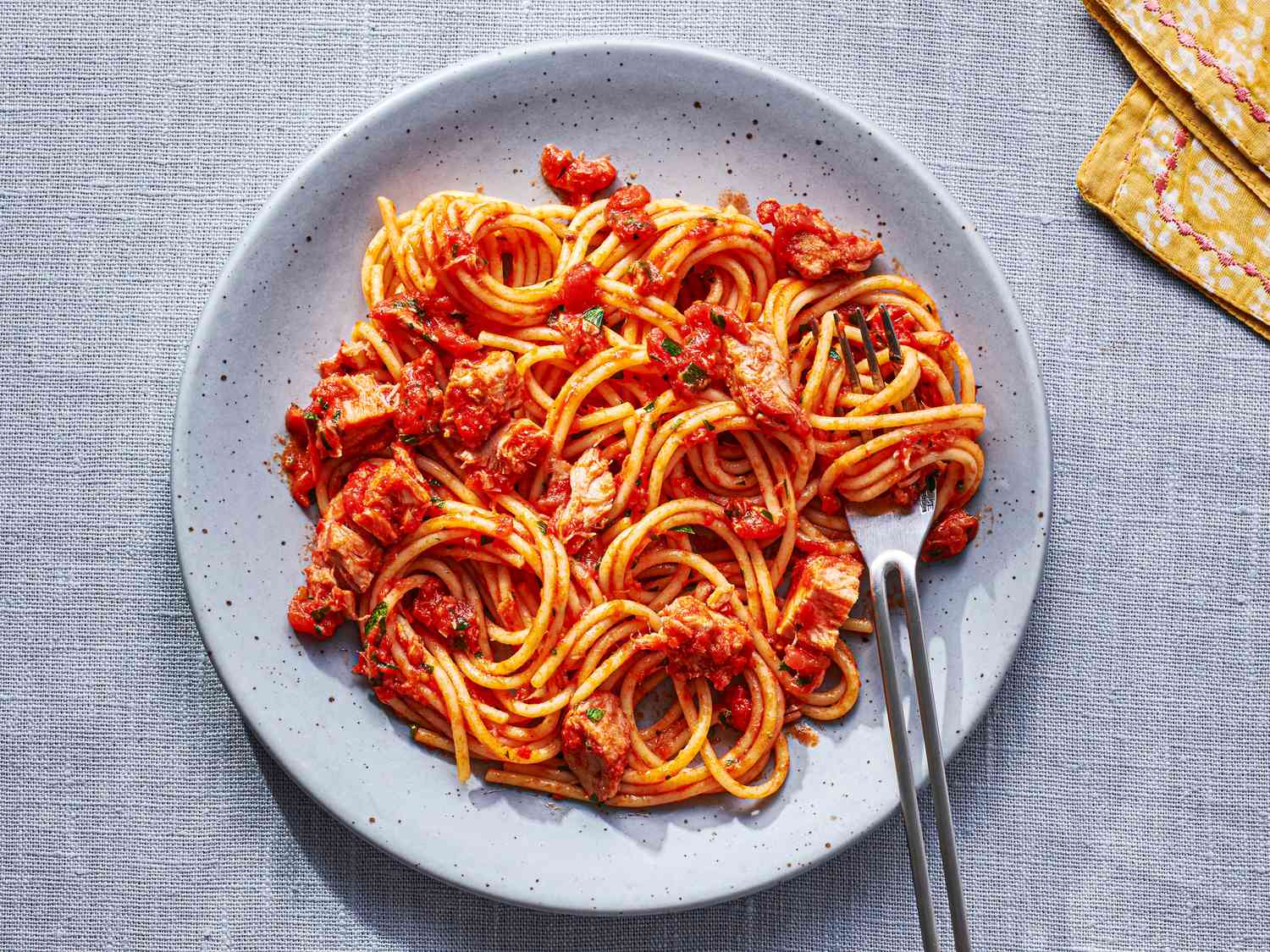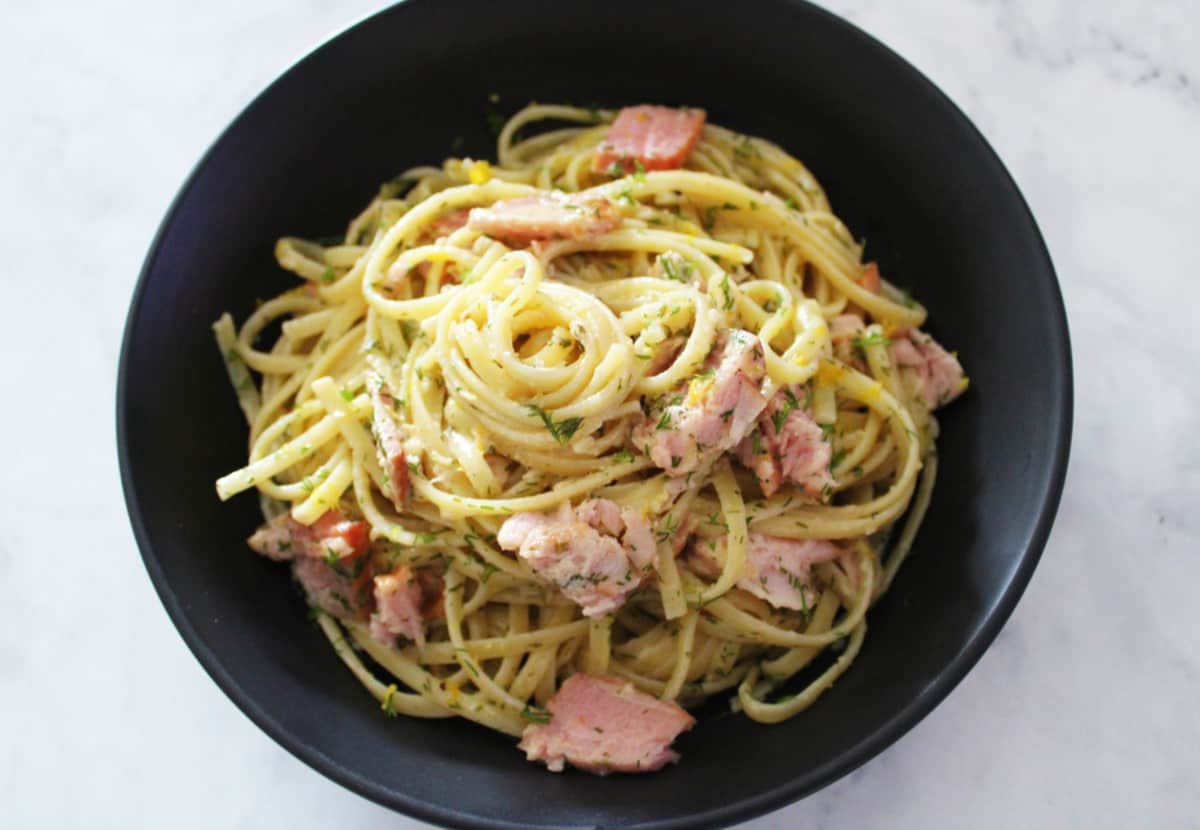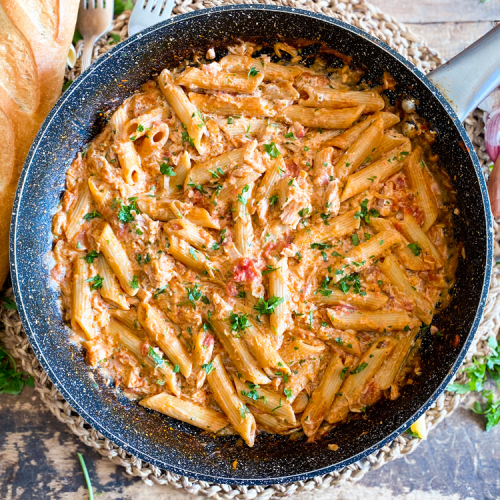Eating Food after a fly lands on it is generally not recommended, as flies can carry disease-causing bacteria and pathogens.
When flies touch your Food, they can spread harmful germs from places like garbage, poop, or rotting stuff they were on before.
While a single contact with a fly may not always result in illness, there is a risk of food contamination. Consuming contaminated Food can lead to foodborne illnesses, which may cause symptoms like nausea, diarrhea, vomiting, and stomach cramps.
To reduce the chances of flies contaminating your Food:
Discard Affected Food: If a fly has landed on your Food, discarding that portion to avoid potential health risks is safer.
Cover Food: When dining outdoors or in places where flies are common, cover your Food with lids, cloths, or food nets to prevent flies from landing on it.
Maintain Good Hygiene: Keep your eating and food preparation areas clean, as this will help deter flies from being attracted to your Food.
Install Screens: Put screens on windows and doors to block flies from entering your home, especially in the kitchen and dining areas.
Store Food Securely: Keep your Food in sealed containers to stop flies from getting to it.
The Food Contamination Factor
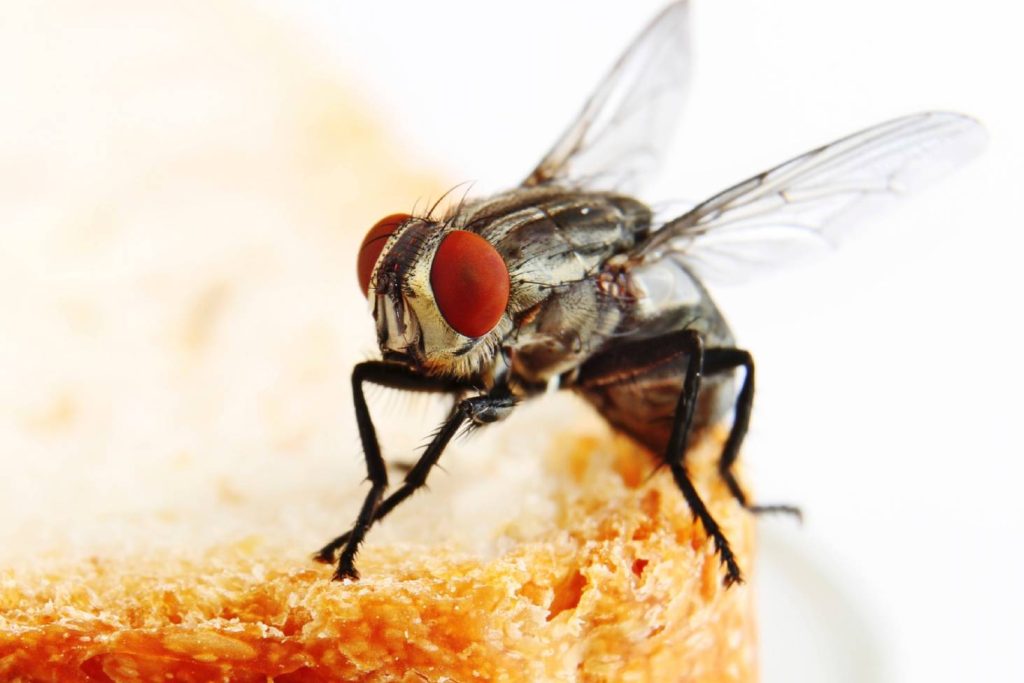
Chances of Food Contamination When a Fly Lands on It:
When a fly lands on Food, the chances of food contamination are a real concern. Flies are vectors for various disease-causing microorganisms. Here’s how contamination can occur:
Mechanical Transmission: Flies can carry pathogens on their bodies and in their digestive systems.
When they land on Food, they may leave behind bacteria, viruses, or other microorganisms from the various unsanitary places they’ve visited, such as garbage, feces, or decaying matter.
Regurgitation and Excretion: Flies often regurgitate or excrete enzymes to help liquefy their food before they ingest it. These substances can also be deposited on your Food when a fly lands on it, potentially introducing harmful microorganisms.
Microbial Transfer: Flies can carry germs from dirty places and pass them to your Food when they land on it. This risk is higher when flies visit unsanitary areas.
Types of Foods More Susceptible to Contamination:
Some foods are more at risk of contamination because they create the perfect conditions for bacteria to grow. Moist, protein-rich, or neutral pH foods are especially vulnerable. Examples include:
Meat and Poultry: Raw or partly cooked meat and poultry can easily get contaminated because they have a lot of protein.
Dairy Products: Dairy items like milk, yogurt, and cheese are susceptible to contamination because they are rich in nutrients and moisture.
Fruits and Vegetables: Fruits and veggies can get germs, especially when they’re wet or cut. Flies can move germs when they touch them.
Sauces and Condiments: Foods like mayonnaise, ketchup, and salad dressings can be contaminated if flies land on them and leave behind pathogens.
Bakery Items: Moist bakery items, like cream-filled pastries or custard desserts, can be at risk.
Leftovers: Cooked or prepared foods that have been left at room temperature are more susceptible to contamination because bacteria can multiply rapidly in these conditions.
Fly Attraction to Food
Why Flies are Drawn to Food:
Flies are naturally drawn to Food for several reasons:
Odor Perception: Flies have an acute sense of smell and are highly sensitive to odors. They can detect the aroma of Food from a significant distance, which guides them toward potential food sources.
Feeding Habits: Flies are primarily attracted to Food because they are opportunistic feeders. They seek out a wide range of organic materials, including decaying matter, fruits, vegetables, and even feces. Flies are scavengers, and their feeding habits draw them to Food.
Moisture Content: Flies are attracted to moisture. Many foods release moisture, which flies can detect and serve as an indicator of potential food sources.
Sugars and Carbohydrates: Flies are attracted to sugars and carbohydrates found in various foods. These nutrients provide energy for the flies, making sweet and starchy foods particularly appealing to them.
Proteins: Some fly species are highly attracted to protein-rich foods, such as meat, dairy, and other animal products. These foods provide essential nutrients for fly reproduction.
Factors that Make Certain Foods More Appealing to Flies:
Several factors can make certain foods more attractive to flies:
Odor Intensity: Foods with strong, pleasant odors can be particularly appealing to flies. For example, the aroma of ripe fruits, fermenting substances, or cooking meat can attract flies from a distance.
Decomposition: Flies are often drawn to foods that are in the early stages of decomposition. As Food breaks down, it releases chemical signals and volatile compounds that signal to flies that it’s a suitable breeding site.
Moisture Content: Foods with high moisture content are more attractive to flies. This includes fruits, vegetables, and foods with sauces or liquids.
Sugar Content: Foods rich in sugars, such as fruits, syrups, and sugary beverages, are highly appealing to flies due to the energy they provide.
Protein Content: Certain fly species are especially attracted to protein-rich foods, including meat, fish, dairy products, and eggs. These foods are important for the development of fly larvae.
Stale or Spoiled Foods: Flies are often drawn to foods that have started to spoil or become rancid, as they offer an environment suitable for fly larvae to develop.
The Health Risks Associated with Consuming the Fly-affected Foods
Consuming Food that a fly has landed on can pose various health risks due to the potential transfer of disease-causing microorganisms. These risks include:
Foodborne Illness: Flies hang out in dirty spots like trash, poop, and rotting stuff. When they touch your Food, they can move germs like bacteria and viruses from those yucky places. Eating contaminated Food can make you sick with foodborne illnesses.
Bacterial Infections: Flies can carry bacteria like Escherichia coli (E. coli), Salmonella, and Shigella, which can cause severe gastrointestinal infections with symptoms such as diarrhea, vomiting, abdominal cramps, and fever.
Viral Infections: Flies can potentially transmit viruses, including enteric viruses like norovirus, which can lead to stomach and intestinal infections, resulting in symptoms like nausea, vomiting, and diarrhea.
Parasitic Infections: In some cases, flies can carry parasitic microorganisms that cause infections like giardiasis and cryptosporidiosis, leading to digestive issues and discomfort.
Allergies: Fly spit, poop, or other stuff might have things that can make sensitive people get allergies. This can lead to things like skin rashes or trouble breathing.
Secondary Infections: Food contaminated by flies may also lead to secondary infections or complications, particularly in individuals with weakened immune systems.
FAQs
Can flies transmit diseases to Food?
Yes, flies can transmit diseases like salmonella and E. coli when they land on Food, making it potentially unsafe to consume.
How quickly can flies contaminate Food?
Flies can transfer pathogens to Food within seconds of landing, making it risky to consume Food they have touched.
Is there a safe duration for food exposure to flies?
No, there isn’t a safe duration. Even brief contact with flies can result in contamination.
Can cooking or reheating Food kill the bacteria from fly contamination?
While cooking can kill some bacteria, it may not eliminate all potential contaminants, so avoiding Food that flies have touched is best.
What should I do if a fly lands on my Food?
Discarding the portion of Food the fly touched is advisable to prevent potential health risks.
Are there foods that flies are more attracted to?
Yes, flies are typically more attracted to foods with strong odors, high moisture content, and high sugar or protein content.
Do food covers or screens help protect against flies?
Yes, Food covers or screens can help protect against flies by preventing them from landing on and contaminating exposed Food.
Can flies transmit diseases directly to humans?
Yes, flies can transmit diseases directly to humans by carrying disease-causing microorganisms on their bodies and transmitting them through contact with Food, surfaces, or open wounds.
How can I keep flies away from my outdoor Food?
To keep flies away from outdoor Food, use lids or covers, maintain a clean eating area, and consider using fly traps or repellents.
Are there regions where flies are more of a concern for food safety?
Yes, flies can be a more significant concern for food safety in regions with warm and humid climates, as these conditions are conducive to fly breeding and activity.
Conclusion
It’s generally not recommended to eat Food after a fly has landed on it. Flies can carry bacteria and pathogens on their bodies, potentially contaminating the Food and posing health risks.
While brief contact may not always lead to illness, discarding the exposed Food or covering it to prevent contamination is safer.







